Social responsibility in the seafood value chain a challenging conversation for conference speakers, attendees

It’s common knowledge: Seafood is a lean protein with heart-healthy omega-3 fatty acids, offering consumers a litany of health benefits, all with an incredibly wide variety of tastes and textures.
Less commonly known is that seafood, when considered in the context of healthy people – the theme of Day 2 of the Global Aquaculture Alliance’s (GAA) GOAL Conference, held in Guangzhou, China – transcends the fish fillets on dinner plates and the shellfish platters served at holiday celebrations.
The responsible production of seafood – whether harvested at sea or produced on a farm – greatly contributes to people’s well-being. Or detracts from it. Unfortunately, the potential for abuse remains and painful reminders of this fact were fresh in the minds of all who attended the annual event.
Seafood companies are not only striving to become sustainable and environmentally friendly; they are grappling with social responsibility issues that grab international headlines and rightfully force all links of the supply chain to button up their operations and put human rights above all else. As one noted human rights expert said, this is not about protecting reputations and market share.

“If we are in this only to protect ourselves, that’s going to backfire,” said Birgitte Krogh-Poulsen, an independent consultant who specializes in child protection, elimination of child labor, forced labor and human trafficking. Krough-Paulsen, a member of GAA’s Standards Oversight Committee – a group of technical experts who develop the Best Aquaculture Practices standards – made impassioned remarks during a breakout session on Day 2 about social responsibility.
The very next day, the Associated Press continued its reporting on forced labor in Thailand’s seafood supply chain.
“We know some of the causes. A culture of labor exploitation doesn’t not come out of nothing, out of the blue, it’s not a ghost. It’s a thing that is bred,” she said.
Earlier in the day, during the plenary session in Guangzhou’s posh White Swan Hotel, Krough-Poulsen and others participated in a social responsibility roundtable that delved into seafood’s dark side and sought to find a way forward for seafood companies wanting to do the right thing.
“What do you intend to do; what do you want to do?” asked Jeremy Prepscius, vice president, Asia-Pacific, at Bureau of Social Responsibility (BSR), who spent more than 10 years on equipment sourcing, footwear production and corporate responsibility for Nike. The garment industry – which depends on low-cost labor sources for production, much like seafood – has been dealing with human rights issues for far longer than seafood, at least in the realm of mass media in the Internet age. It hasn’t found all the answers, Prepscius admitted, but its experiences offer seafood examples of a way forward.
We know some of the causes. A culture of labor exploitation doesn’t not come out of nothing, out of the blue, it’s not a ghost. It’s a thing that is bred.
“You must build your value chain based on shared values, and your partners need to do that as well. They can choose not to. And you can choose not to buy from them,” he said.
Joe Zhou, senior supply chain director for Red Lobster, North America’s largest seafood restaurant company, joined the chorus of company executives disavowing worker abuse, but added that the solutions are complicated for a supply chain that spans all corners of the globe.
“We’ve done a lot of work behind the scenes with supply partners and with third-party certification bodies to effect change on the ground,” he said. “There’s no one particular thing you want to do. We are committed to all efforts so that real, credible, effective change can come.”
What that doesn’t mean, according to Charlie Lousignont, senior VP-supply chain management for Brinker International, another large U.S.-based restaurant company, is walking away from supply sources when things get tough. Lousignont was asked what his company would do if a key supplier was implicated in human rights abuses.
“We would cease purchasing immediately,” he answered. “It doesn’t mean we wouldn’t work with that supplier in the future. But we believe that they would have violated a contract.”
The people who buy these products must understand that unless they are paying extra, they may be causing suffering around the world.
Several speakers during the day spoke of “gray areas” in terms of child labor and the laws designed to prevent violations. For instance, if a family in a developing country needs its 14-year-old son or daughter to work in a fish or shrimp processing plant in order to support the family during a time of crisis, yet the law deems workers under 15 years of age to be illegal, does that constitute abuse? Or, worse yet, what if that young person has no family to speak of? What then?
“Sometimes, it’s no longer a yes/no question,” said Krough-Poulsen. “We need to map out where all the issues are in this sector. Once we get to the far end of continuum, the answers become clearer.”
The crucial question is this: Are you – a seafood importer, a distributor, a retailer, a restaurant, a consumer – willing to pay more to ensure that the food you buy is sourced from supply chains that are free of abuses?
“The people who buy these products must understand that unless they are paying extra, they may be causing suffering around the world,” said Laky Zervudachi, group sustainability director at Direct Seafoods in the United Kingdom. “That message needs to get out.”
Now that you've reached the end of the article ...
… please consider supporting GSA’s mission to advance responsible seafood practices through education, advocacy and third-party assurances. The Advocate aims to document the evolution of responsible seafood practices and share the expansive knowledge of our vast network of contributors.
By becoming a Global Seafood Alliance member, you’re ensuring that all of the pre-competitive work we do through member benefits, resources and events can continue. Individual membership costs just $50 a year.
Not a GSA member? Join us.
Author
-
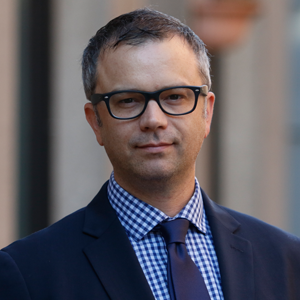
James Wright
Editorial Manager
Global Aquaculture Alliance
Portsmouth, NH, USA
Tagged With
Related Posts
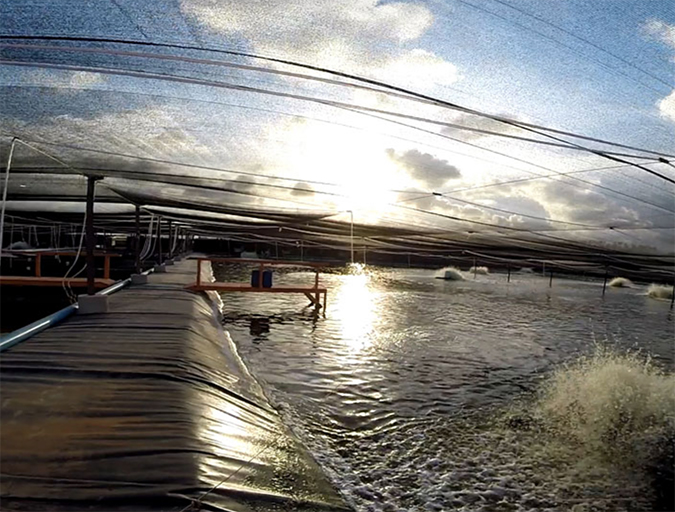
Innovation & Investment
GOAL 2016 preview: Innovation and Leadership Award a nod to problem solvers
Winners of the Global Aquaculture Alliance’s annual Innovation & Leadership Award have shown the ability to overcome obstacles encountered in the responsible production of farmed seafood. New technology applications, biosecurity solutions and production systems have been honored.
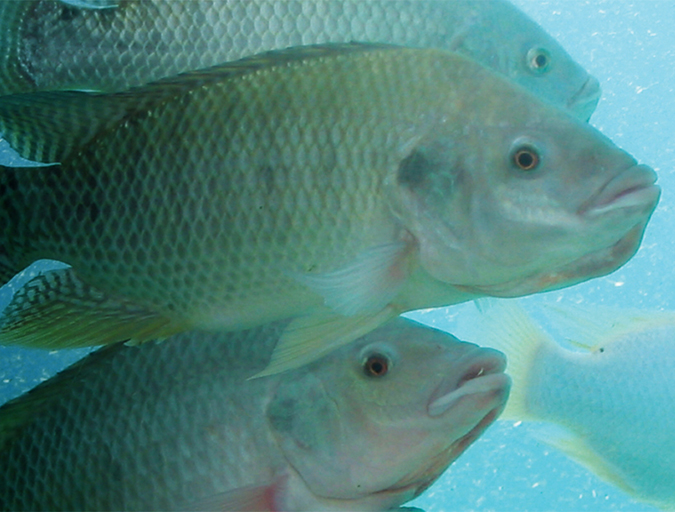
Health & Welfare
Aquaculture disease experts to download at GOAL 2016
At this year’s GOAL conference in Guangzhou, China, leading animal welfare and aquatic animal disease experts will share knowledge about how producers can gird their operations. EMS, EHP, streptococcosis and sea lice will be addressed, as will the latest in area management.
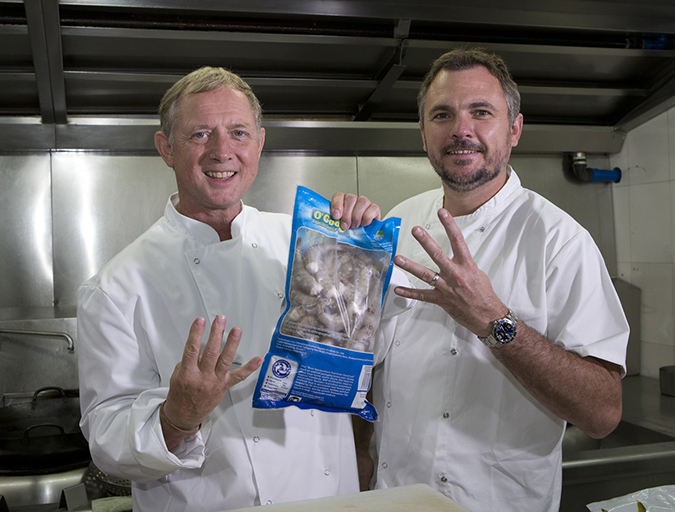
Intelligence
Images from GOAL 2016: Chefs collaborative
Before the Global Aquaculture Alliance's annual GOAL conference in Guangzhou, China, GAA market development manager for the United Kingdom, Mike Berthet, collaborated with some local chefs to prepare some of China's favorite seafood species.
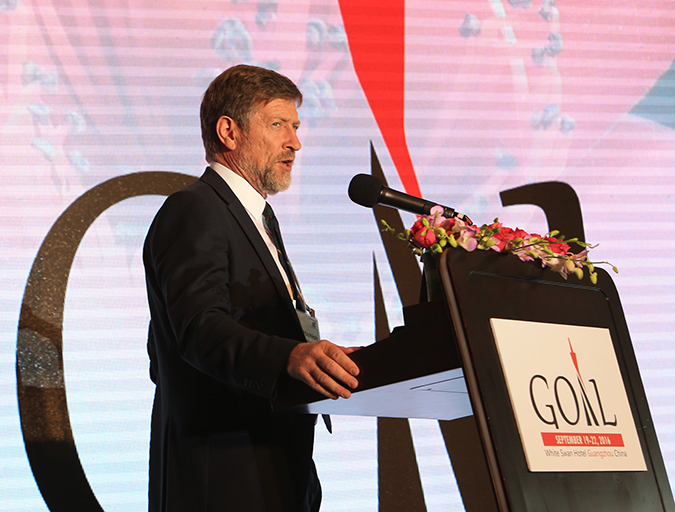
Health & Welfare
Healthy fish: Recap of Day 1 at GOAL 2016
Some of the world’s top aquatic animal disease experts shared knowledge about mitigation techniques at the GOAL conference in Guangzhou, China. Topics included sea lice, streptococcus and EHP, which was referred to as the “most insidious” disease impacting shrimp production.


